Astronomical Imaging
with Video
Having tried a little
imaging with 35mm film, I considered what else I could use with
my telescope which would produce images more quickly than using
film. Having only just got back into astronomy I didn't want to
spend too much money at first in case I wasted it, and cooled
CCD seemed very complicated and very expensive. I had been used
to using video cameras of various ages to image subjects down
a microscope for many years, and decided to try this approach
first. Armed with a small TK1070 colour camera which I managed
to scrounge, I started with the brightest objects the Sun and
the Moon. Having seen what I could do on the Sun, I decided that
this would be the best method to capture the forthcoming Total
Solar Eclipse, but how to record the data?
I had an old Ferguson
VHS portable recorder from many years ago, and a 12 volt Television
was also easy to get hold of, but transporting these in and out
of the house was going to be a pain, and taking them to Romania
for the eclipse was not really practical. I did some investigations
and came across the Sony Video Walkman. This little unit was ideal
for portable imaging. A very compact unit with built in screen
that will fit in your pocket and record on DV from composite or
YC inputs. The only problem was the price, over a £1000.00.
Well I decided it would be worth it especially for the eclipse.
It is not a decision I regret, it is a great piece of equipment.
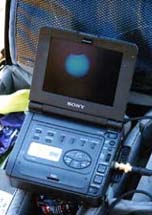 ...
...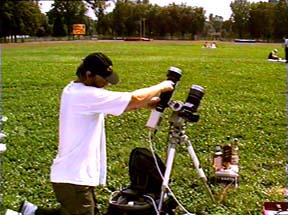 ...
... 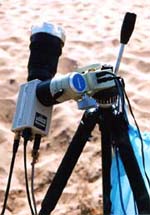 GVD900 Video Walkman
as used for eclipse imaging - for images go to Eclipse Observations
The colour cameras
whilst sensitive enough for Solar and Lunar imaging were not good
enough for use on the planets. For this I decided on a B &
W camera of high sensitivity, I was looking at a small Watec,
but decided on the Astrovid 2000 as it had a remote box for control
of the camera functions. A definite plus.
....
GVD900 Video Walkman
as used for eclipse imaging - for images go to Eclipse Observations
The colour cameras
whilst sensitive enough for Solar and Lunar imaging were not good
enough for use on the planets. For this I decided on a B &
W camera of high sensitivity, I was looking at a small Watec,
but decided on the Astrovid 2000 as it had a remote box for control
of the camera functions. A definite plus.
.... .
.
 Here is the TK1070
camera with Daystar H alpha filter, and the Astrovid 2000 complete
with control box
Here is the TK1070
camera with Daystar H alpha filter, and the Astrovid 2000 complete
with control box
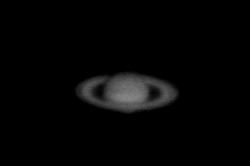 .......................
....................... 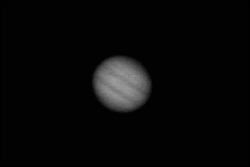 Saturn and Jupiter
with an Astrovid 2000 on a 10" LX200 single frames
Saturn and Jupiter
with an Astrovid 2000 on a 10" LX200 single frames
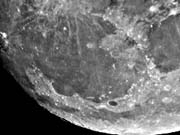 ....
.... 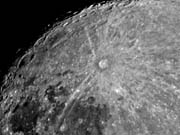 .. .
.. .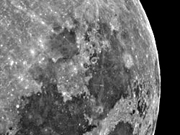 The Moon with an Astrovid
2000 on a 10" LX200 single frames
The Moon with an Astrovid
2000 on a 10" LX200 single frames
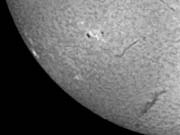 .......
.......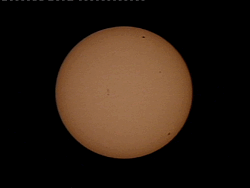 ........
........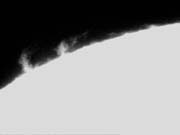 Imaging the Sun's features
using both Astrovid 2000 and JVC TK1070 video cameras
I have recently moved
on my Astrovid 2000 in order to get a Astrovid Stellacam, this
camera is more sensitive than the 2000, and I want to try some
imaging of meteors and satellites.
Imaging the Sun's features
using both Astrovid 2000 and JVC TK1070 video cameras
I have recently moved
on my Astrovid 2000 in order to get a Astrovid Stellacam, this
camera is more sensitive than the 2000, and I want to try some
imaging of meteors and satellites.
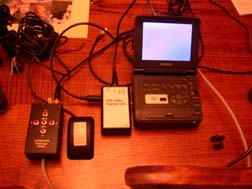 ....
....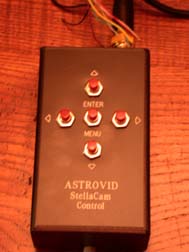 ....
....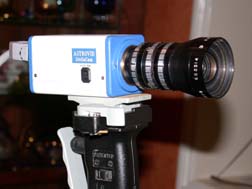 At the Thetford meet
in April 2002 we had the opprtunity to have comet Ikeya Zand reasonably
high up, so I attached a 135mm OM lens to the camera, and captured
some mages on the Sony video Walkman. Here is a captured image
usingth Sony Vaio ilink.
At the Thetford meet
in April 2002 we had the opprtunity to have comet Ikeya Zand reasonably
high up, so I attached a 135mm OM lens to the camera, and captured
some mages on the Sony video Walkman. Here is a captured image
usingth Sony Vaio ilink.
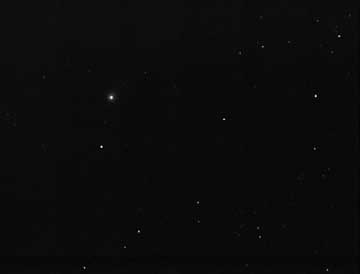 The comet is the brighter
fuzzy blob.
I also had a go at
imaging some stars, and objects that I would not normally do with
video. See if you can recognise them. They are labeled in case
you struggle. The Stellacam does allow integration so for deep
sky applications, a driven mount can readily stack 128 images,
so enhancing the image you get.
The comet is the brighter
fuzzy blob.
I also had a go at
imaging some stars, and objects that I would not normally do with
video. See if you can recognise them. They are labeled in case
you struggle. The Stellacam does allow integration so for deep
sky applications, a driven mount can readily stack 128 images,
so enhancing the image you get.
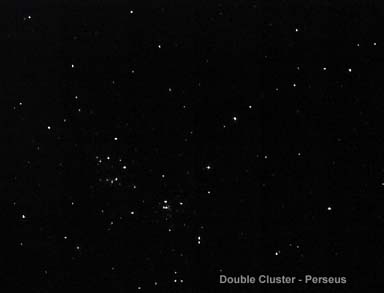 ....
....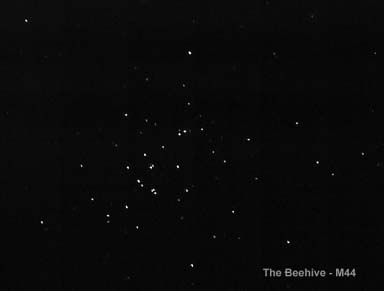 Astronomy
Main..... Astronomical
Imaging... . Home
Astronomy
Main..... Astronomical
Imaging... . Home
 .
.

